In this article, we will explore how regulations play a vital role in ensuring polymer fire safety standards are met in construction projects.
Polymer materials are becoming increasingly popular in construction due to their durability and versatility, but they also pose unique challenges when it comes to fire safety.
In this blog post, we’ll explore what polymer materials are, why they’re used in construction, and how regulations can help ensure that they’re used safely. So let’s dive into this important topic and learn more about how we can make our buildings safer for everyone involved!
Polymer Fire Hazards
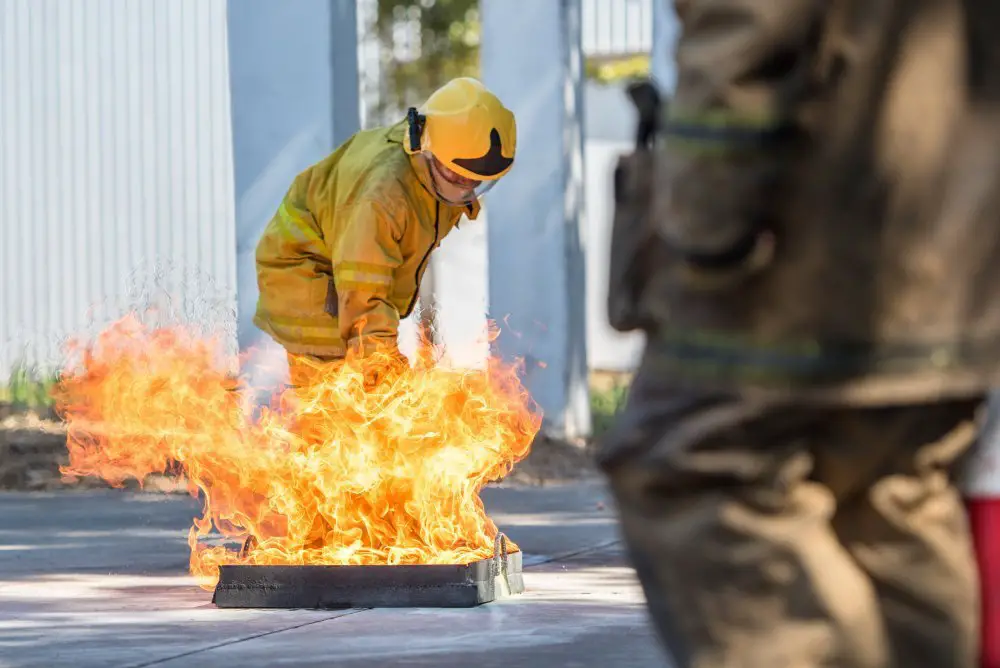
Polymer materials are widely used in construction due to their strength, flexibility, and cost-effectiveness. However, they also pose unique fire hazards that must be addressed to ensure the safety of buildings and their occupants.
Polymer materials can ignite easily when exposed to high temperatures or flames. Once ignited, they can release large amounts of heat and smoke that spread quickly throughout a building.
This not only puts people at risk but also makes it difficult for firefighters to control the blaze.
That’s why it’s crucial for regulations around polymer fire safety standards in construction to exist – so we know how best we should use these versatile yet hazardous substances without putting ourselves or others at risk.
Regulatory Framework
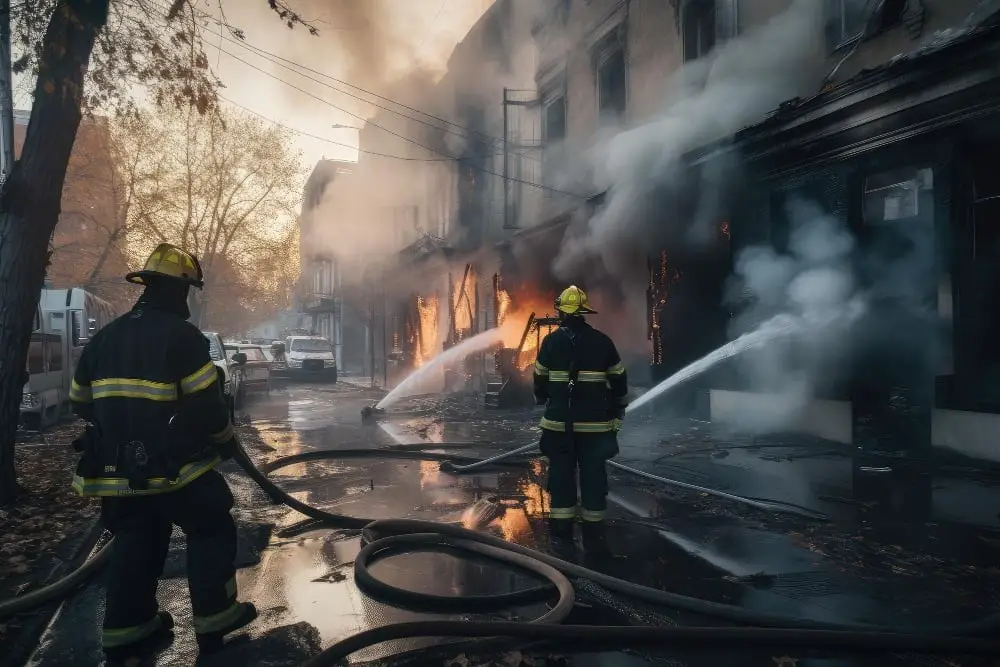
In the construction industry, regulations play a crucial role in ensuring that buildings are safe for occupants. When it comes to polymer fire safety standards, there are several regulatory bodies involved in setting and enforcing guidelines.
One of the most important organizations is the National Fire Protection Association (NFPA), which develops codes and standards related to fire safety. The NFPA’s codes cover everything from building design and construction materials to emergency response procedures.
Another key player is Underwriters Laboratories (UL), an independent organization that tests products for safety. UL has developed specific testing protocols for polymer materials used in construction, such as wall panels and insulation.
Regulations can help ensure that builders use safe practices when working with polymers by mandating certain requirements like flame retardants or limiting their use altogether if they pose too much risk. By following these regulations, we can reduce the likelihood of fires breaking out on job sites or within completed structures.
Construction Materials
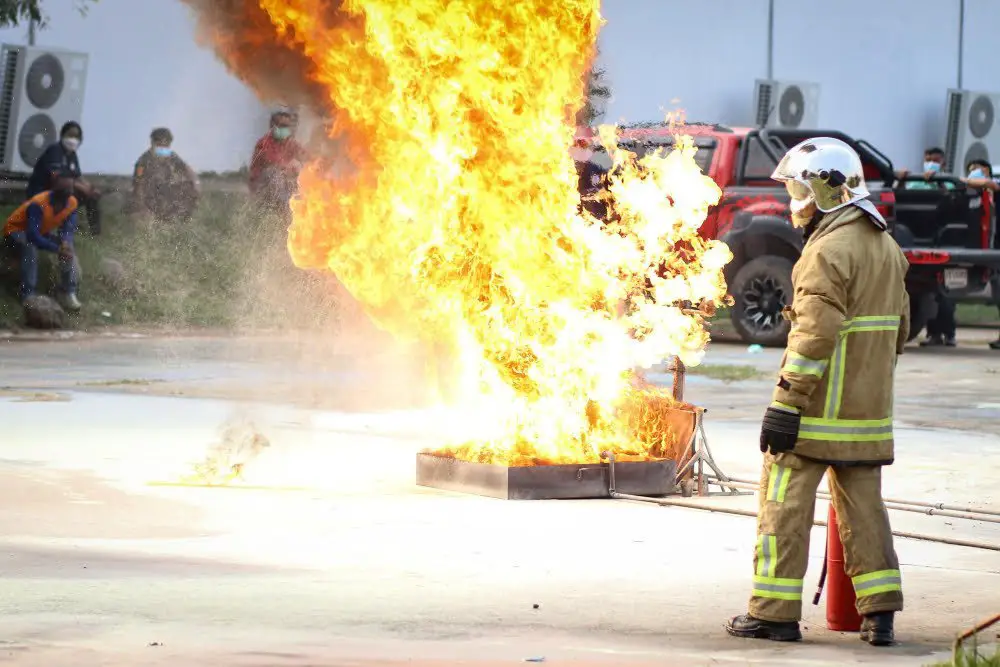
Before we dive into the specifics of polymer fire safety standards, let’s first understand what construction materials are. Construction materials refer to any material that is used in the construction of buildings or infrastructure.
These can include natural resources such as wood and stone, as well as synthetic materials like plastics and polymers.
As I mentioned earlier, polymer materials have become increasingly popular in recent years due to their durability and versatility. However, they also pose unique challenges when it comes to fire safety.
Fire Safety Testing
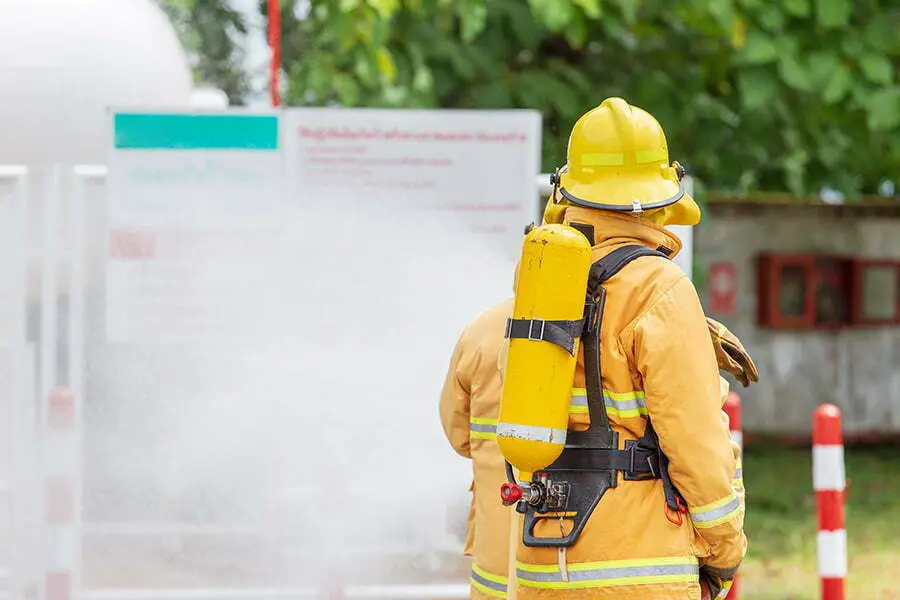
When it comes to fire safety in construction, testing is a crucial step in ensuring that materials are safe for use. Fire safety testing involves subjecting materials to high temperatures and flames to see how they react.
This helps determine the material’s flammability, smoke production, and toxicity levels.
Polymer materials have unique properties that make them both desirable and challenging when it comes to fire safety testing. For example, some polymers may melt or drip when exposed to heat or flame which can cause further damage during a fire incident.
Regulations help ensure that only tested and approved polymer products are used in construction projects while also setting standards for their installation process. By adhering strictly with these regulations we can prevent accidents like what happened at the site I witnessed from occurring again.
Building Codes Compliance
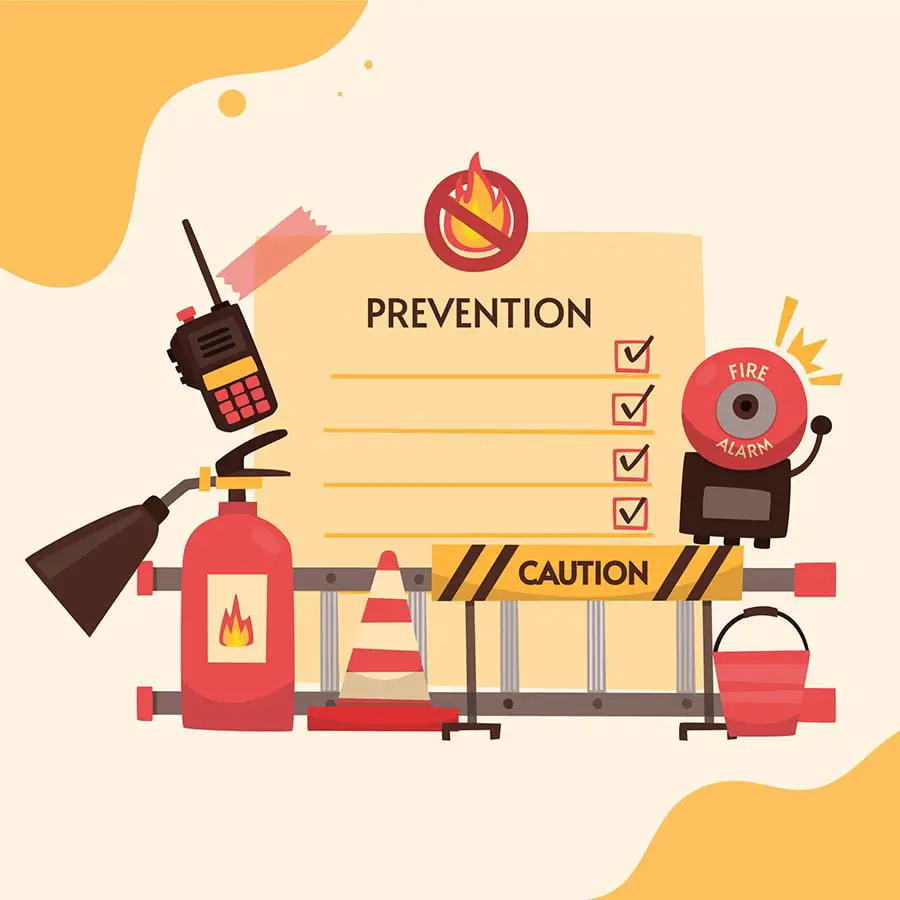
Building codes are a set of regulations that dictate the minimum standards for construction safety. They cover everything from structural integrity to fire safety, and they’re designed to ensure that buildings are safe for occupants and workers alike.
When it comes to polymer materials, building codes compliance is especially important. These materials have unique properties that can make them more susceptible to fire damage than traditional building materials like wood or concrete.
As such, there are specific regulations in place governing their use in construction.
For example, many jurisdictions require certain types of polymers used in construction be tested according to standardized procedures before being approved for use on a project. This testing ensures that the material meets minimum requirements for flame spread resistance and smoke production.
Building inspectors will often check projects during various stages of completion – from foundation work through final inspection – ensuring all aspects comply with local code requirements including those related specifically towards polymer usage.
By complying with these regulations at every stage of the project’s development process we can help prevent accidents like fires breaking out on site or after occupancy has begun which could lead not only loss but also injury or death as well as costly repairs down-the-line if non-compliant structures need retrofitting later-on due lack thereof adherence when first built!
Flame Retardants in Polymers
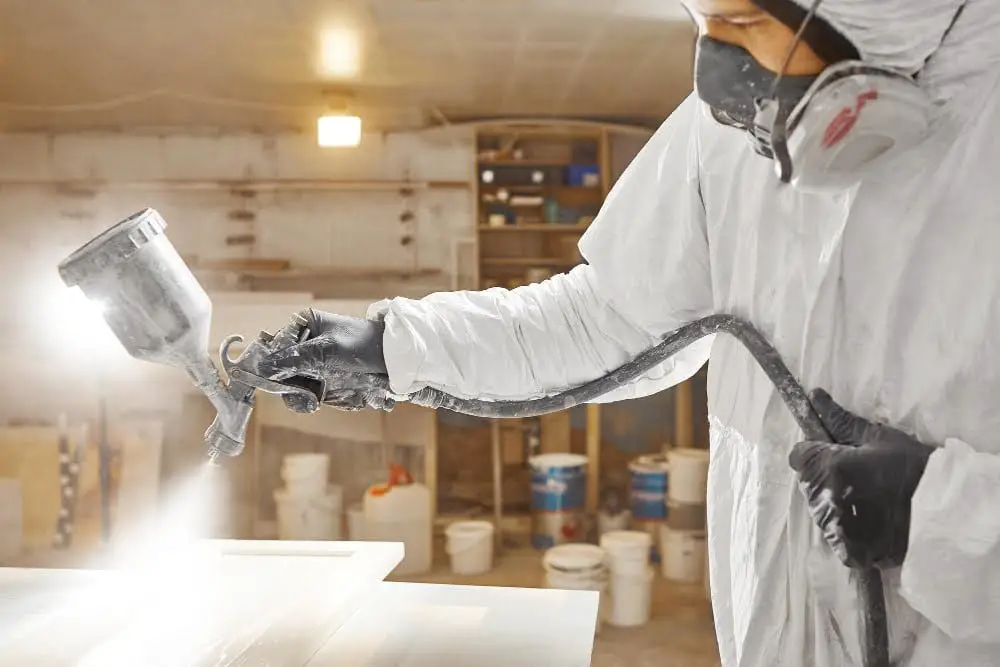
When it comes to polymer fire safety, one of the most important factors to consider is the use of flame retardants. Flame retardants are chemicals that can be added to polymers during manufacturing in order to reduce their flammability and slow down or prevent fires from spreading.
However, not all flame retardants are created equal. Some have been found to be harmful for human health and the environment, leading many countries around the world – including some states in America -to ban certain types of flame retardants altogether.
This is where regulations come into play. By setting standards for which types of flame retardant chemicals can be used in polymers and how much can be used, governments help ensure that these materials are safe both during construction and throughout a building’s lifespan.
Risk Assessment & Management
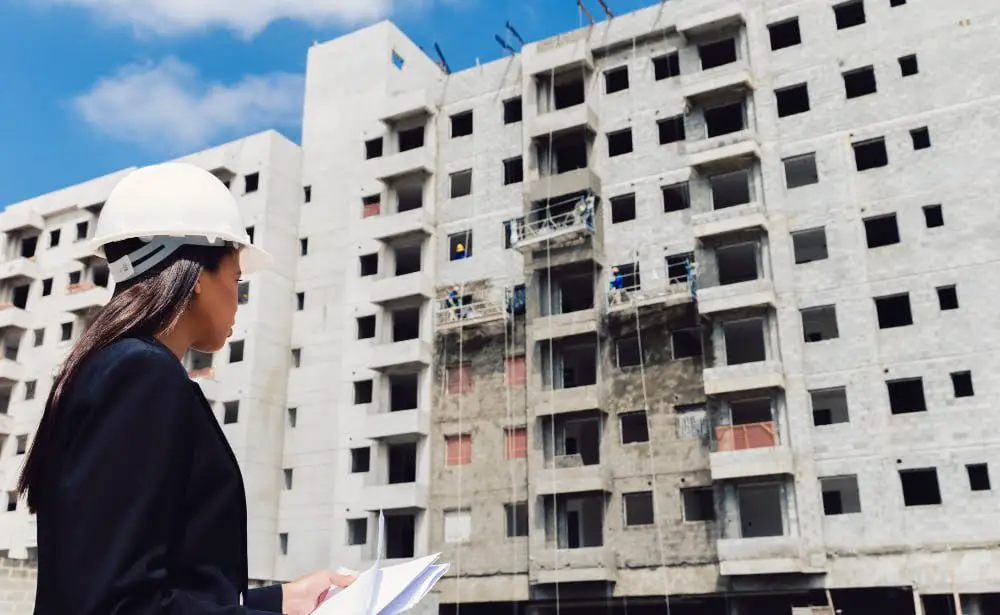
When it comes to polymer fire safety standards, risk assessment and management are crucial components. As we saw in the story from the intro, fires can be devastating on construction sites.
That’s why it’s important to identify potential risks early on and take steps to mitigate them.
Risk assessment involves identifying potential hazards associated with using polymer materials in construction. This includes factors such as flammability, toxicity of fumes released during a fire, and how quickly a material will burn or spread flames.
Once these risks have been identified, risk management strategies can be put into place. This may include selecting less flammable materials or adding additional fire protection measures such as sprinkler systems or flame retardant coatings.
Regulations play an important role in ensuring that proper risk assessments are conducted and appropriate risk management strategies are implemented. By setting standards for testing methods and performance criteria for building materials containing polymers, regulations help ensure that buildings meet minimum safety requirements.
While there is no way to completely eliminate all risks associated with using polymers in construction projects; by conducting thorough assessments of those risks early on -and implementing effective mitigation measures- we can significantly reduce the likelihood of catastrophic events like fires occurring at our job sites!
Recap




